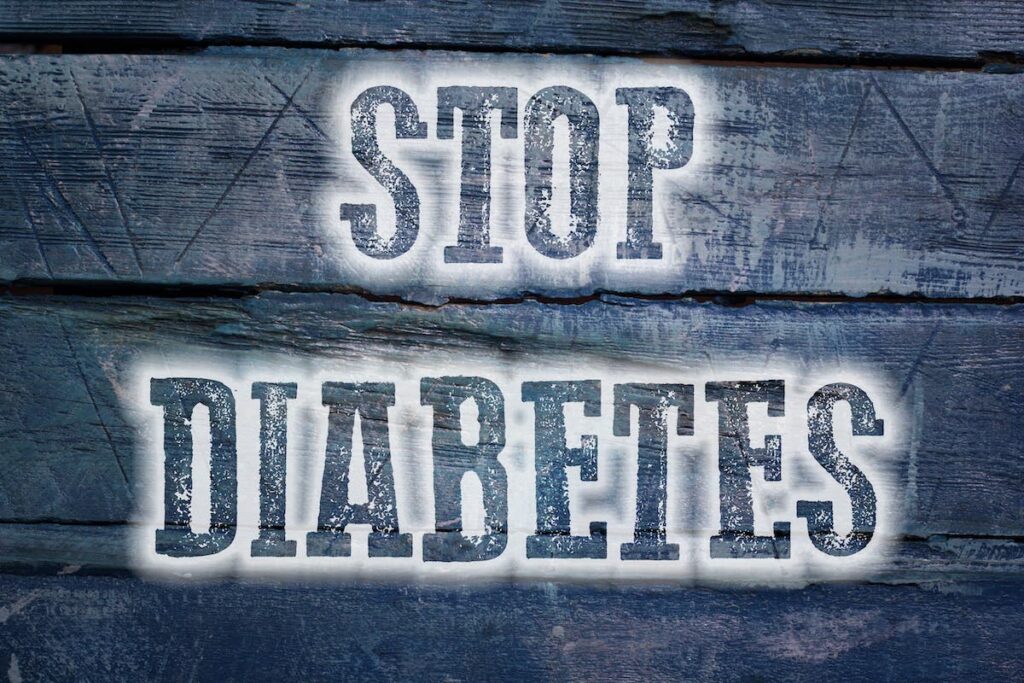National Diabetes Month 2021 – Spotlight On Prediabetes
November is a special month in the world of diabetes. Each year, we celebrate National Diabetes Month to honor all the wonderful people who happen to have diabetes and spread information about the disease, its impact, and prevention.
This year’s spotlight is on prediabetes.
Prediabetes is a condition in which your blood sugar levels may be running high but not quite high enough to be considered diabetes. It’s an early warning sign that you are at risk for developing type 2 diabetes if you don’t make changes.
While a diagnosis of prediabetes can feel scary, there is good news. It’s not too late! You have a chance to improve your health and delay or prevent type 2 diabetes from occurring.
What You Need To Know About Prediabetes
Prediabetes happens when your body becomes insulin resistant. Insulin is a hormone that signals your body’s cells to take up glucose (or blood sugar) from your bloodstream.
Your body uses glucose as its main form of energy, but if your cells become resistant to the action of insulin, they won’t pull glucose out of the blood. When glucose remains in your bloodstream, we call this “high blood sugar,” and it’s a sign that something isn’t right.
Extra sugar in your blood causes damage to your blood vessels, especially the small blood vessels of your eyes and kidneys. It can also damage your nerves and other organs if left untreated.
Symptoms of Prediabetes
Often people who have prediabetes have no symptoms. It can go undetected for years, only showing up when it progresses to type 2 diabetes.
Occasionally someone with prediabetes may notice areas of darkened skin near their armpits or sides of their neck.
In general, the best way to know if you have prediabetes is to visit your doctor and receive regular screenings.
Risk Factors For Prediabetes
Certain factors can put you at a higher risk of developing prediabetes. These include:
- Being overweight or obese
- Over the age of 45
- Have a family history of prediabetes or type 2 diabetes
- You are of African American, Alaska Native, American Indian, Asian American, Hispanic/Latino, Native Hawaiian, or Pacific Islander American descent
- Lack of physical activity
- History of gestational diabetes
- Polycystic ovary syndrome
- Metabolic syndrome
If you have any of these risk factors, talk to your doctor about diabetes screening and prevention.

Managing Prediabetes
If you’ve been diagnosed with prediabetes, you still have a chance to protect yourself from developing type 2 diabetes.
Lifestyle changes can be an effective way to reduce or reverse insulin resistance and improve your blood sugar. Here are some lifestyle changes your doctor may recommend:
- Increasing your physical activity to at least 150 minutes of moderate-intensity exercise each week.
- Eating a healthy, plant-based diet that is low in sugar, processed food, and unhealthy fats.
- Losing 5-7% of your body weight. That comes out to around 10 to 15 pounds for most people.
Your doctor may also recommend diabetes medications if they feel it is appropriate for you.
Prevention Is The Best Path
If you or someone you know has been diagnosed with prediabetes, it’s time for action.
This is your chance to make healthy changes to improve your blood sugar control and protect yourself from type 2 diabetes.
Work with your doctor or diabetes care team to design a prevention plan to reduce or eliminate your risk of type 2 diabetes.



